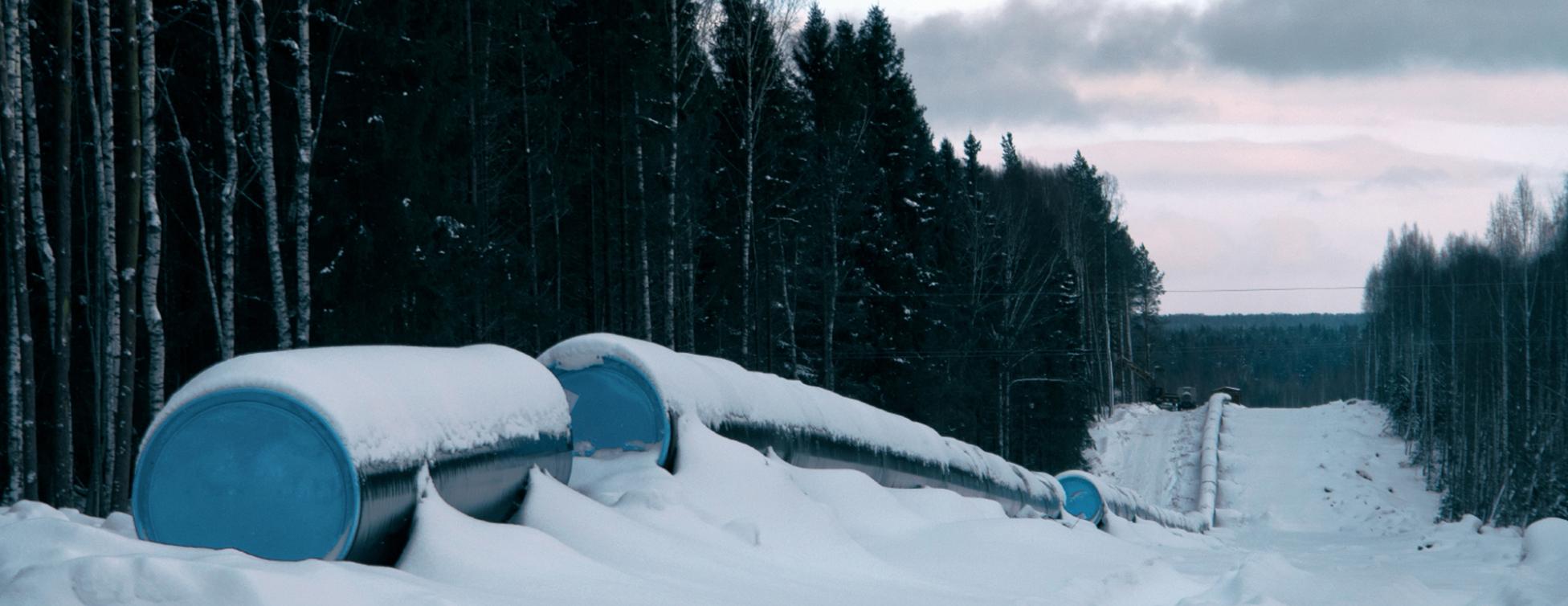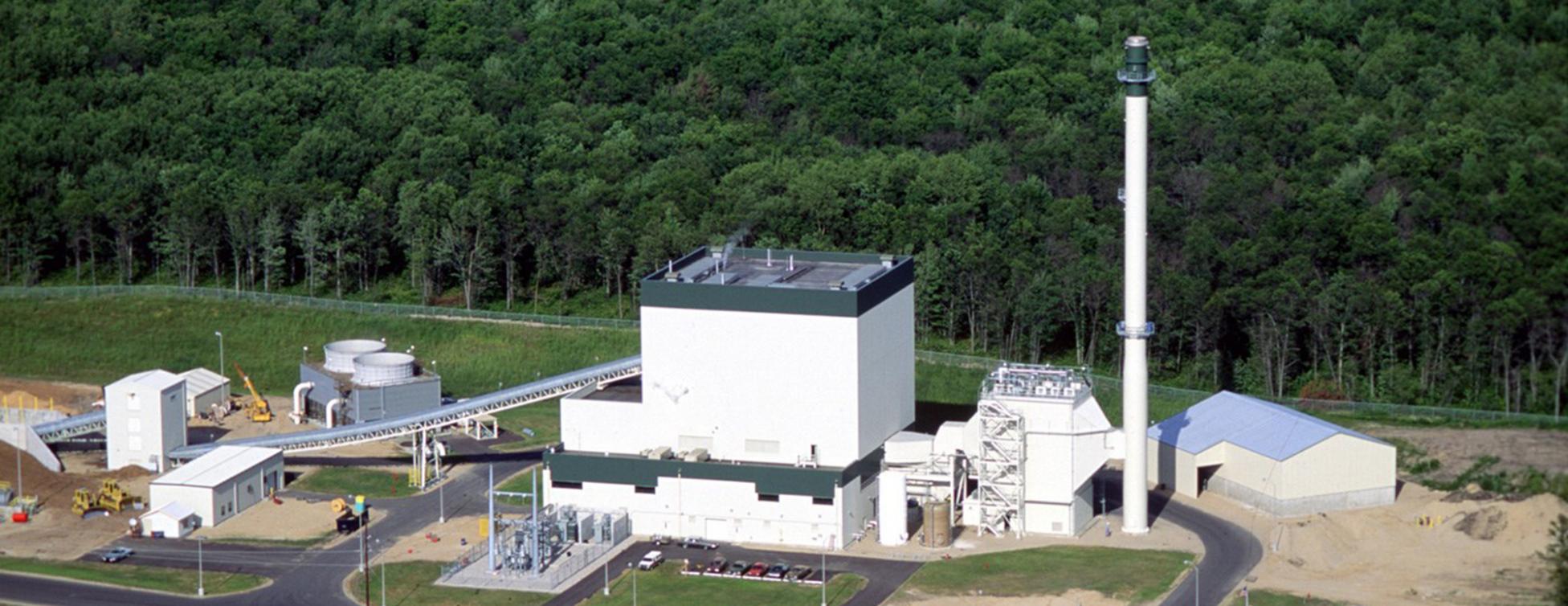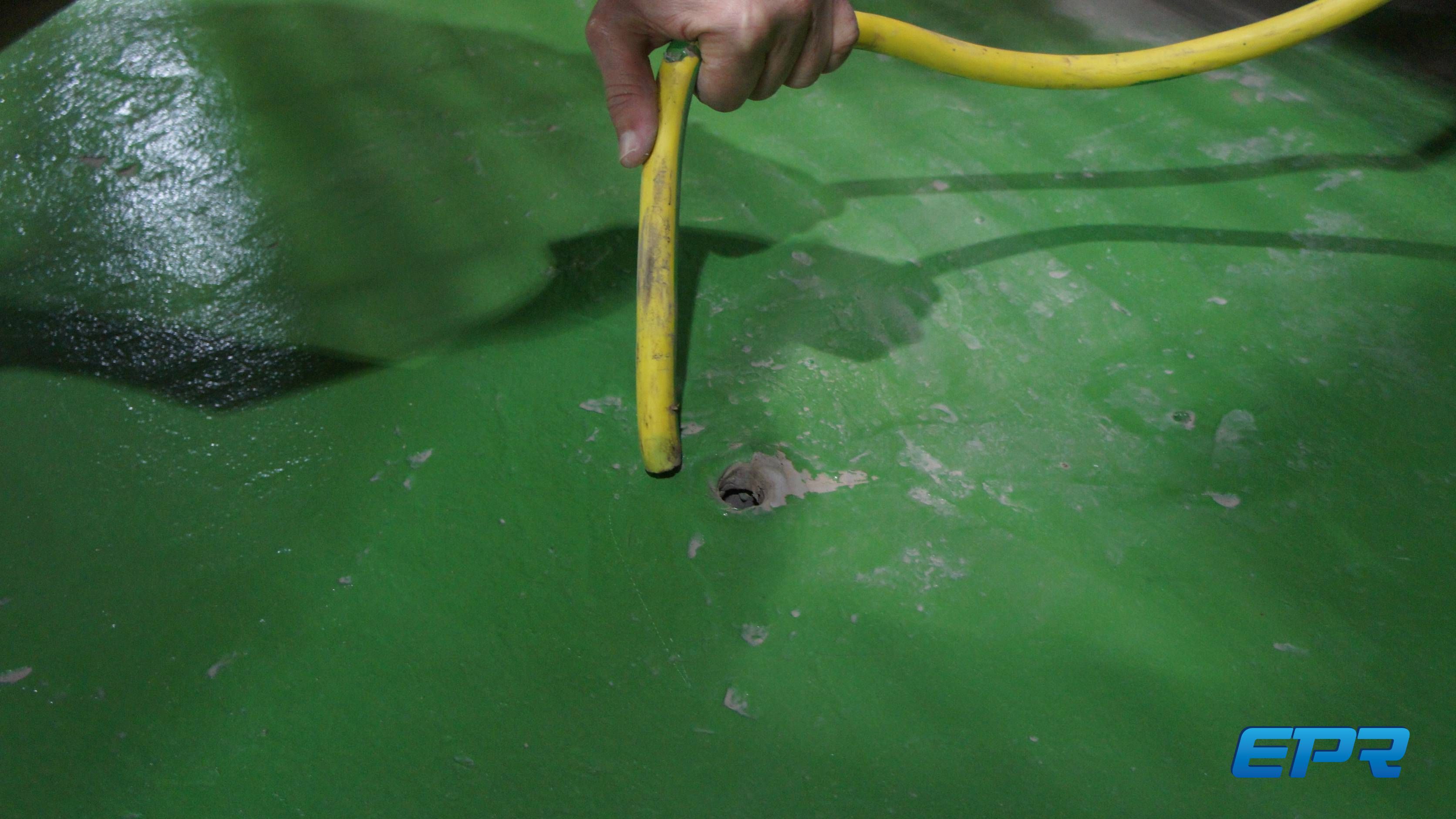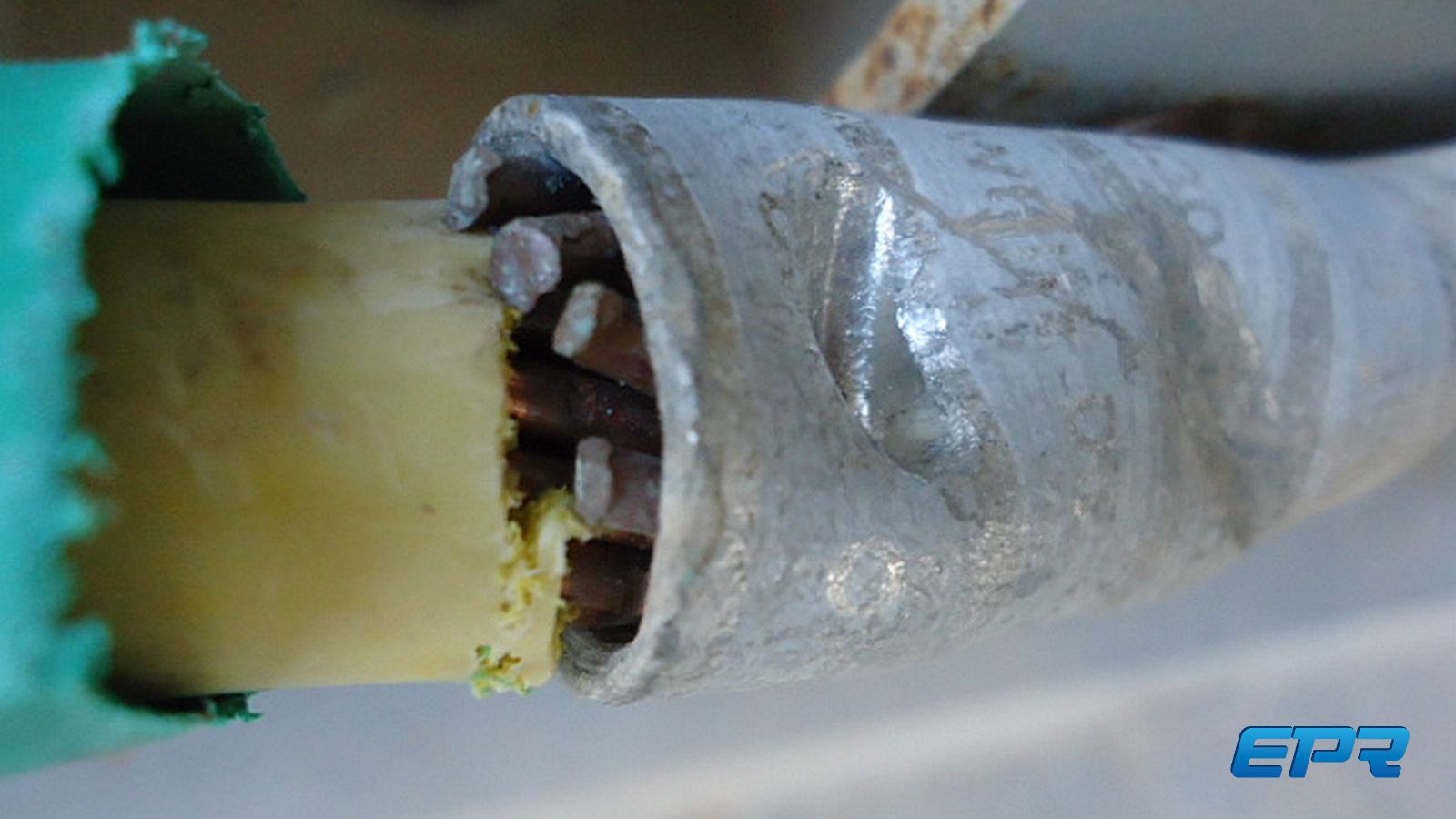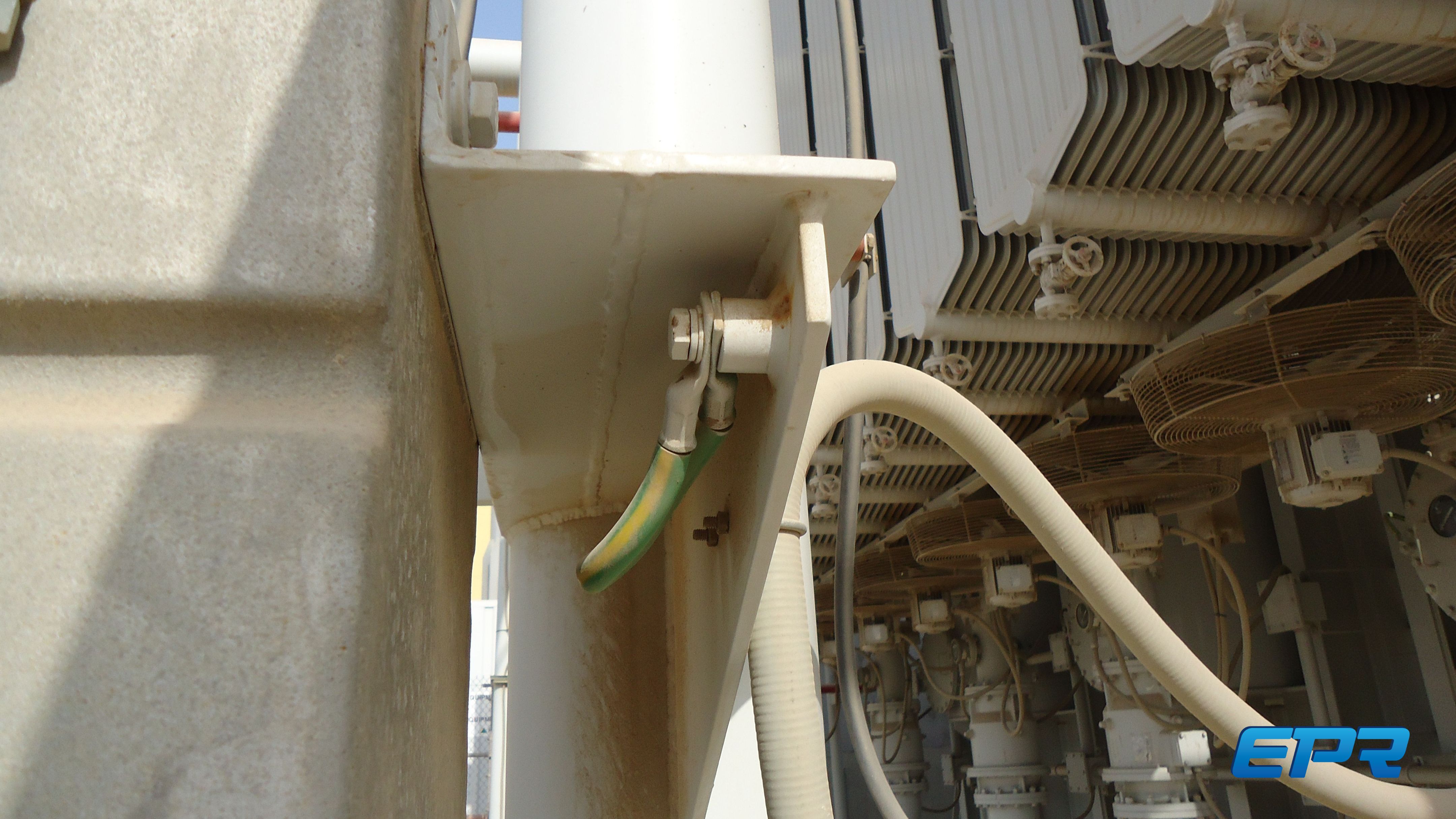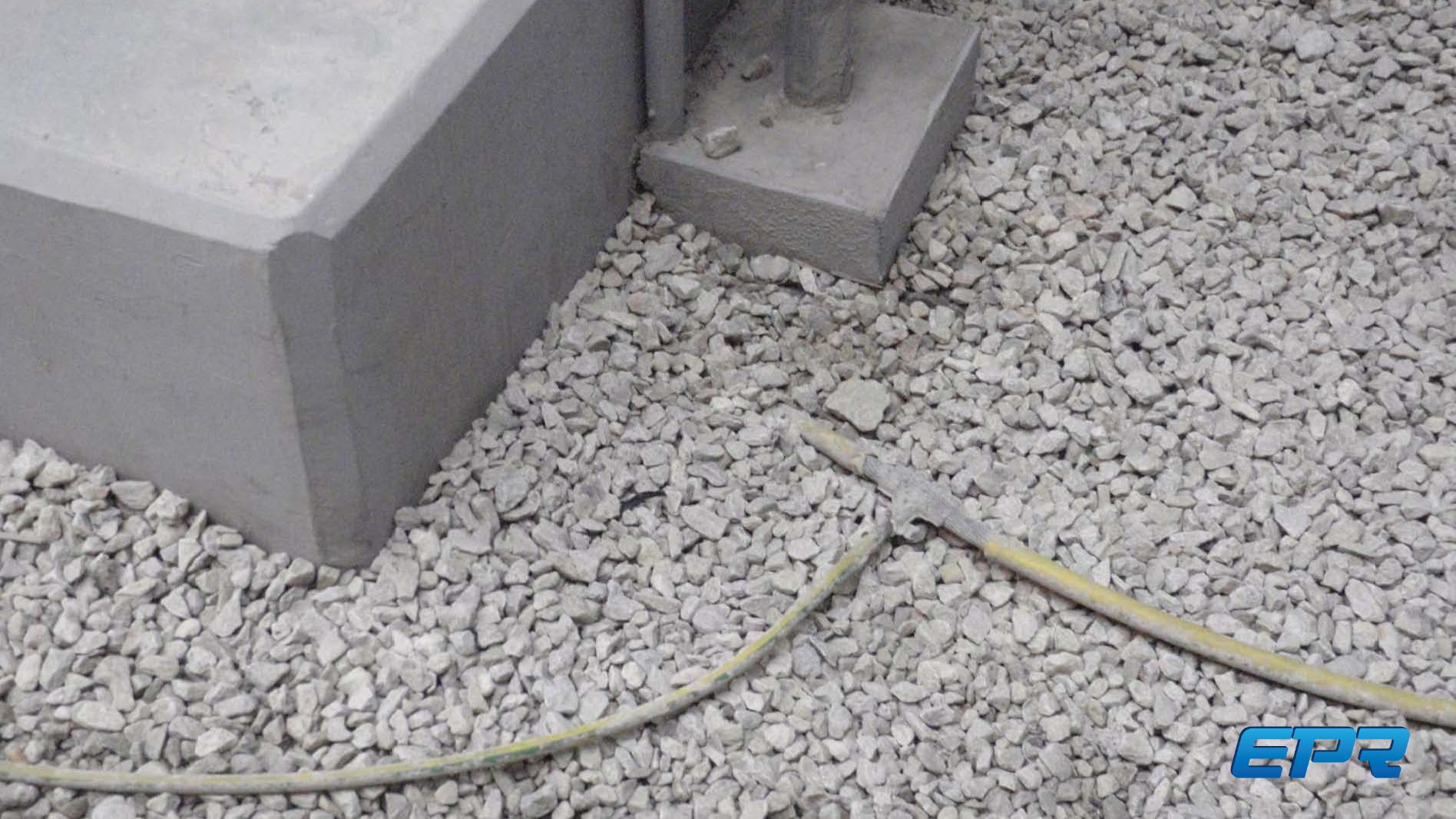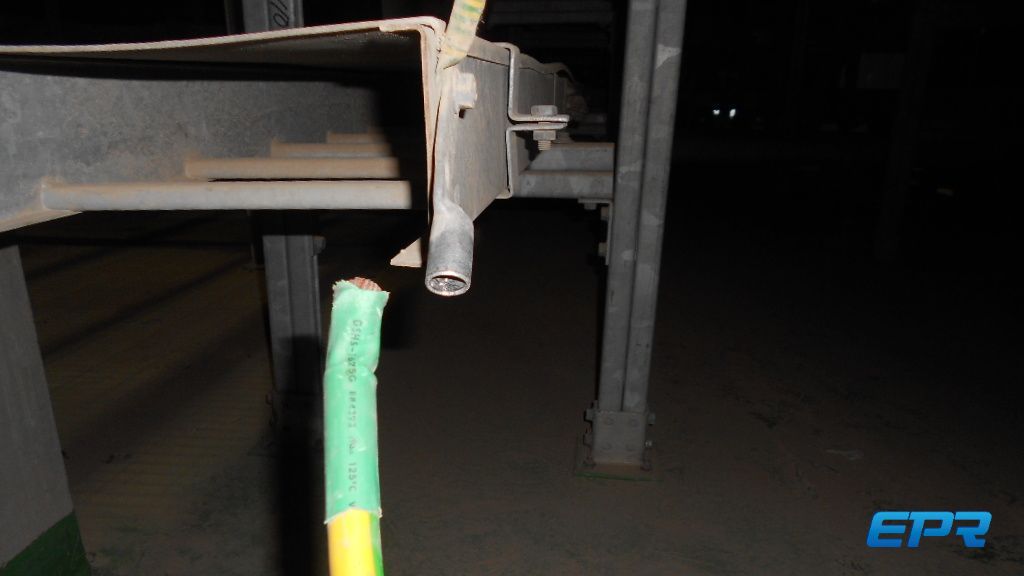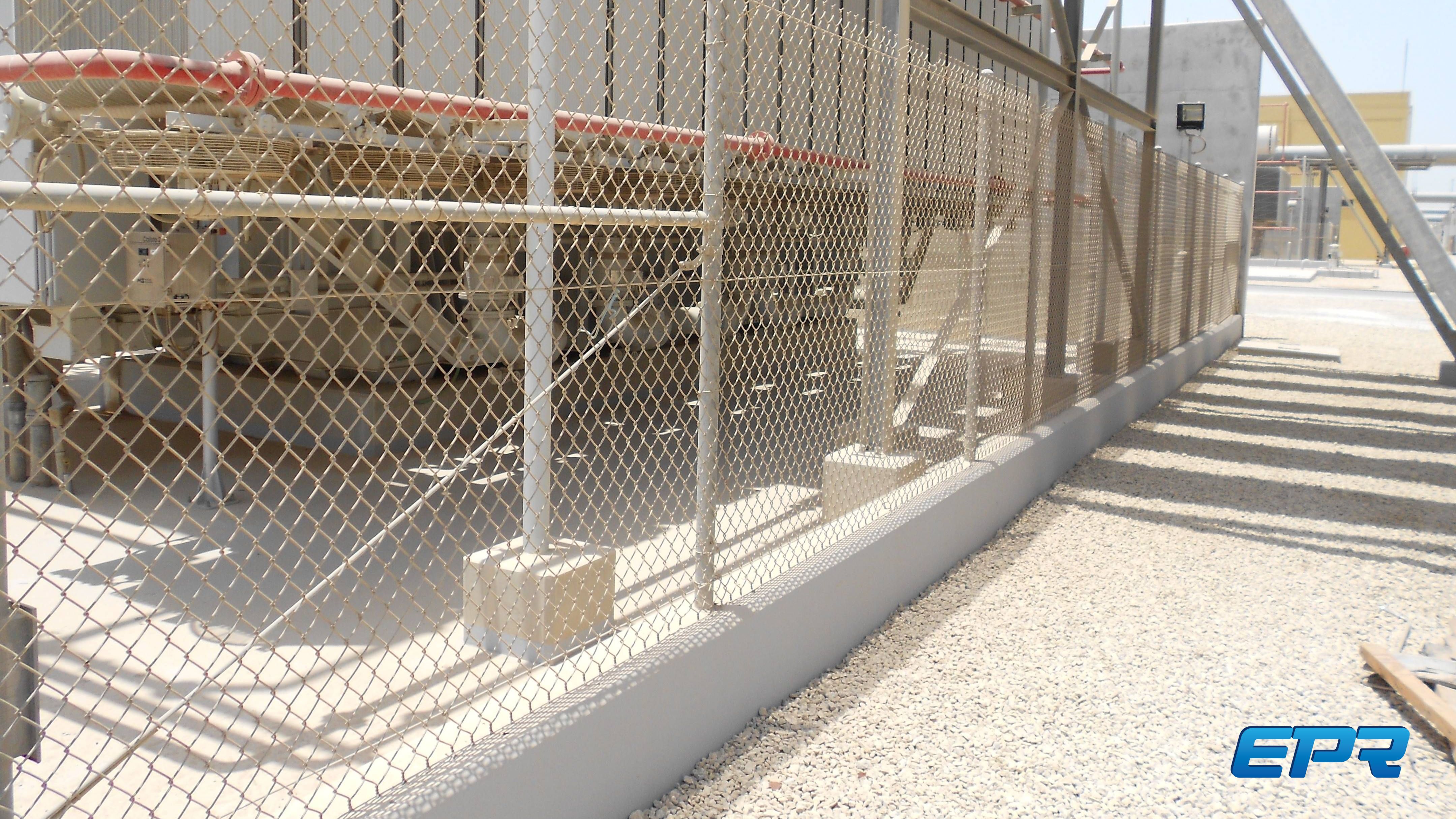Grounding
Along with a few other items, grounding is almost universally abused in developing region heavy industrial construction. Worse, it is usually not addressed in commissioning, or by construction QC.
Part of the problem stems from ignorance by craftsmen about the importance of grounding. This is compounded with the fact that proper exothermic welding and crimping tools are often not provided. Perhaps supervision is also unaware of the details involved, or perhaps uninvolved. Whatever the reason, this is an important concern and engaged oversight by a qualified owner’s representatives should easily spot and improve this condition early. That said, on every one of the projects in thee pictures, an OE was at the site and well-staffed, so that really leaves competence or a lack of leadership support as the possible issues.
Regarding the defects. A plant and its equipment that is not properly grounded is unsafe. Often ghost operational events (think trips) occur without a concrete root cause ever being identified. Obviously, it can be a personnel risk issue. In plants that have exceptionally poor grounding coincidentally are the same plants with very substandard cable management. This implies that leakage from cables in ungrounded systems are unlikely to trip protection and more likely to leave structures “hot” for an unsuspecting O&M person.
As a separate matter, it is doubtful these facilities had their final grounding grid tested to confirm engineering assumptions.
The photos EPR has collected must number in the 10’s of thousands pertaining specifically to non-compliant grounding installation. For something relatively simple.
Some of the defects to note include, more than on lug per stud, broken conductor, trimmed conductor strands to fit in undersized lug, joint not exothermic welded, missing equipment ground, corroded materials, unprotected conductors near ground level, incorrectly crimped lugs, ungrounded fencing, ungrounded stair towers, and dozens of more granular but as important items.
It is a little frustrating that such an extensive condition exists. With perhaps one hour of training, even the uninitiated can know 90% of the rules related to grounding. Most EPC contracts address the quality and experience of labor and for anyone with some electrical experience, this should be very well understood information. Makes one wonder what a contractor uses as a benchmark to determine if an individual is experienced or qualified.
Separately, commissioning should work ahead of time with construction to be sure all the grounding defects are resolved before taking turnover of equipment or systems. This would help resolve most of this issue.
None.
Repair cost can be moderate in systemic cases. However, real cost is in equipment damage, loss of production, or personnel injury.



